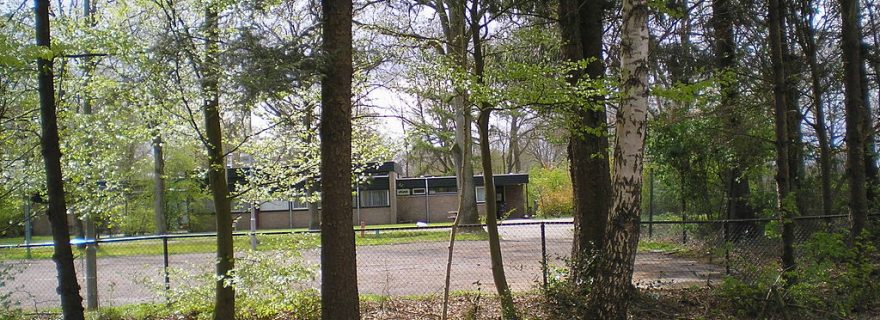Extremism and the influx of refugees in the Netherlands
Contrary to what is often said, the influx of asylum seekers in the Netherlands since 2011 did not result in increased violence.
The Arab Spring and the Syrian civil war, which both started in 2011, and the rise of the Islamic State of Iraq and the Levant contributed to a constant stream of refugees towards Europe. This eventually culminated in the refugee crisis in 2015. The overall intake of refugees for Europe increased significantly, and for the Netherlands this meant that first-time applications for asylum doubled. This increase, albeit a steep one in 2015, started in 2012. Dutch media and politicians frequently link the increase in migration to a rise in crime. Did the increase of refugees lead to an increase in polarization in the Netherlands?
The Dutch National Coordinator for Security and Counterterrorism develops and publishes terrorist threat assessments four times a year. These threat assessments are mainly focused on the terrorist threat for the Netherlands but touch upon activities of extremist groups. An analysis of the threat assessments focused on activities of extremist groups in the Netherlands for the period 2012-2016 demonstrated that there was a slight increase in extremist activities. Leftwing groups organized protests to counter asylum policies, rightwing groups established vigilant organizations and organized protests and Salafist and Islamists movements used this polarization in the Netherlands to gain support for their viewpoints. These incidents, although increasingly common since 2012, were still minor compared to incidents in surrounding countries.
Attention to the issue of migration and migration related crime in the Netherlands increased concurrently with the increase in migration-related violence. This increase was visible in traditional Dutch media outlets, such as the ‘NRC’ and ‘De Telegraaf’ but also on Facebook groups in which rightwing or leftwing sentiments were voiced. There was a definite rise in articles published between 2012 and 2016 relating to politically and ideologically motivated crimes. Furthermore, there was an increase in activities on social media pages. Analysis of the rightwing and leftwing Facebook pages showed a rise in negative comments and posts on topics relating to migration on the rightwing Facebook page, whereas the leftwing Facebook page was predominantly positive and focused on other issues (relating to global warming and gender equality for example). The content of the posts, together with the increase in extremist activities from various groups are indicators of a polarized society; a society in which varying groups increasingly oppose each other. This could result in a rise in tensions within society and eventually culminate in segregation.
Parallel to the increase of migration and the polarized response in society, an increase in attention for this issue was also reflected in the election programs of political parties elected in the House of Representatives. After a careful analysis of the 2012 and 2017 election programs, the issues of migration, asylum seekers and refugees was slightly higher on the political agenda in 2017 than it was in 2012. Rightwing parties primarily saw the refugee crisis and migration in general as a risk to safety and security, whereas leftwing parties saw the same issues as an opportunity for the Netherlands.
It seems as if the influx of refugees, with a culmination point in October 2015, had a negligible impact on Dutch society. There was a minor rise in support for various extremist groups, and the issue was placed slightly higher on the political agenda and affected the societal and political landscape. However, the influx of refugees did not lead to significant violent incidents in the Netherlands.

